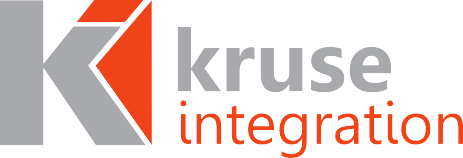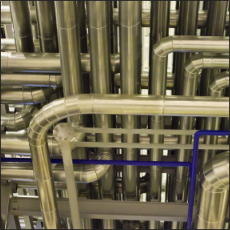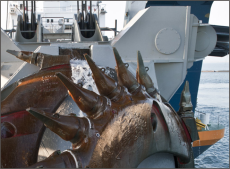Aggregate Automation
Providing automation solutions to the aggregate industry for over a decade
Kruse Integration has been focusing on the design, development and implementation of industrial automation systems for over 21 years.
Our automation systems typically include real-time controls, proven field instrumentation, manufacturing information services and much more. We utilize PLC-based controls for a variety of discrete and process control solutions. Our information technology services focus on the collection, analysis and presentation of real-time manufacturing data.
Kruse Integration provides full turn-key project services, managing the entire project life cycle, including scope development, justification, design, development, implementation, startup, training and support.
Kruse Integration provides solutions for numerous industries and multiple market sectors. We have several divisions to better align our efforts and expertise with our customers’ needs. Beyond these divisions, Kruse Integration serves as an umbrella providing solutions that encompass the entire automation spectrum. Some of the features we can provide are:
Automatic plant startup and shutdown: Saves time and money by freeing the operator from these repetitive tasks
Automatic process and safety interlocks: Continually monitors plant status and automatically stops feeders and upstream conveyors if a conveyor stops for any reason • Helps prevent material pile ups and costly cleanup downtime • Allows for easier plant reconfiguration than hardwired interlocks
Process improvement algorithms: Control crusher feeder speeds to maximize crusher production • Control tunnel feeder speeds to provide consistently blended material sizes to secondary plants • Control radial elevating stackers to improve stockpile gradation • Improve production rates by monitoring primary feed hopper level and automating truck dump enable light • Reduce the reliance on the operator for repetitive tasks, allowing them to focus on other items
Graphical operator interface: Provides intuitive depiction of plant layout and status • Provides easy manual control of any plant device • Helps less experienced operators run the plant at maximum production rates • Reduces training time required for new operators • Provides trends of motor amperages and production rates to help run the plant more efficiently and more accurately predict maintenance issues • Provides history of alarms to help identify plant problems
Automatic loadout control: Automatic loading of trucks and rail cars saves money by avoiding overfills • Automatic gross weight monitoring avoids costly DOT violations • Automatic truck identification helps ensure proper material loading • Interface to ticketing systems eliminates the labor cost associated with manually updating sales order system
Production and/or Downtime reporting: Automatically collect production scale data by interfacing to existing belt scales • Eliminates the labor cost and errors associated with operators manually writing production totals down at the end of the shift • Eliminates the labor cost and errors associated with manually creating production reports • Automatically recognizes downtime events providing more accuracy than an operator • Preconfigured downtime reasons provides accurate information with no additional downtime • Automatic downtime reports help maintenance prioritize maintenance work and corrective actions • Reports provide plant efficiency and Overall Equipment Effectiveness (OEE) analysis • Reports are easily configured to provide analysis by shift, day, week, month, year, operator, etc. • Reports are accessible world-wide via a standard web browser to anyone authorized to access the company network • Data storage in a database ensures the data won’t be lost and will be available for historical review when needed












